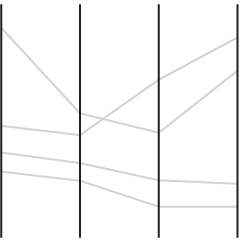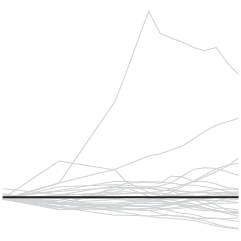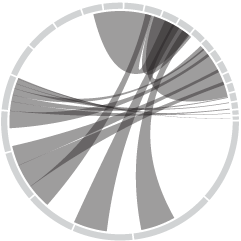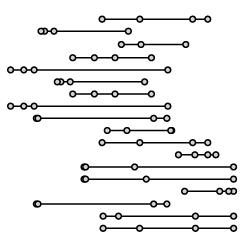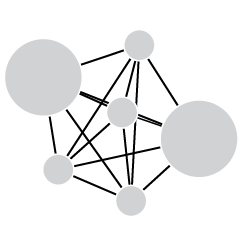There are no words. More tips on winning in the world found here.
-
-
As some of you might know, Germany’s defense minister, Karl-Theodor zu Guttenberg, resigned yesterday after admitting that he plagiarized his PhD dissertation. Pitiful, I know.
Gregor Aisch visualized Guttenberg’s dissertation, highlighting the plagiarized portions.
Read More -
Working off last year’s bracketology graphic, Leonardo Aranda took a simpler approach in showing all the winners and losers from the NCAA tournament from 1985 to present. Each line represents a team (not a school), and championship winners are highlighted blue, so what you get is a quick view of the paths past winners have taken. No schools ranked lower than eight have ever win, and most winners have been seeded in the top three.
I like this version better than last year’s. The sorting is a lot easier to read and understand. What do you think?
[yonoleo | Thanks, Leonardo]
-
The government has been making a big push for more open health-related data, and a couple of weeks ago, they released a whole bunch of it with the launch of HealthData.gov. It’s the same interface as Data.gov, but for health. Additionally, the Health Indicators Warehouse launched with different data and a slightly more useable interface.
A quick scan of the data available, however, does seem to indicate that a lot of it is spotty or outdated (like on data.gov), which doesn’t make it especially useful. For example, some data sets are only one data point, while others are only a single year. At least it’s a start.
-
iPhone gets all the glory, but there are plenty of Android phones activated every day, worldwide. This quick visualization (below), from the Android Developers themselves, shows just how that growth has gone over the past few years. It starts with a worldwide view and then zooms in on countries for a closer look. Keep an eye on the top left corner for phone launches.
Read More -
Big thanks to the FlowingData sponsors. This little blog of mine wouldn’t be possible without them. Take a look at their data schtuff. They provide data and help you make sense of it.
DataMarket — Visualize, explore, and download 100 million time series from the most important data providers, such as the UN, World Bank and Eurostat.
InstantAtlas — Enables information analysts and researchers to create highly-interactive online reporting solutions that combine statistics and map data to improve data visualization, enhance communication, and engage people in more informed decision making.
Tableau Software — Combines data exploration and visual analytics in an easy-to-use data analysis tool you can quickly master. It makes data analysis easy and fun. Customers are working 5 to 20 times faster using Tableau.
Want to sponsor FlowingData? Contact me at [email protected] for more details.
-
Moki takes a page out of the OkCupid social media playbook and analyzes movie ratings over the past two decades. They looked at the 20 most popular movies for each year, and then plotted them by “polarization,” or rather, standard deviation, or in other words, movies that had a wider spread of ratings were more polarizing than those where reviewers came to a consensus.
Read More -
WiFi is everywhere, floating and whirling around us somehow, but where is it really? In Immaterials: Light painting WiFi, Timo Arnall, Jørn Knutsen and Einar Sneve Martinussen use a rod of blinking lights to visualize signal strength in their college town.
In order to study the spatial and material qualities of wireless networks, we built a WiFi measuring rod that visualises WiFi signal strength as a bar of lights. When moved through space the rod displays changes in the WiFi signal. Long-exposure photographs of the moving rod reveal cross sections of a network’s signal strength.
The stronger the signal strength, the more lights that illuminate in that specific spot, updating as the walker/carrier moves. Then using long-exposure photographs, the lights are recorded for beautiful results. Super simple concept, yet very effective. See the device in action in the video below.
Read More -
William Briggs and John Briggs examine the differences between movies that have won Best Picture and those that were top at the Box Office, based on money, gender, age, and genre. “There was only one Oscar winning movie with a leading actress older than 50: Jessica Tandy in Driving Miss Daisy. Eight women were at least 40 in Oscar winning movies, e.g. Myrna Loy, Bette Davis, Sandra Bullock. However, half of these were just 40 or 41.”
[via]
-
Along the same lines of the happiness flowchart, this graphic by Moritz Resl shows a simplified life cycle between happy and sad. Let’s not forget though that sometimes doing stuff you like leads to sad, and more importantly, doing stuff you don’t like can lead to happy. Have a nice weekend!
[Moritz Resl via swissmiss]
-
We saw the true size of Africa, relative to the world’s largest countries, by Kai Krause last year. Taking it in the other direction, xefer shows the true size of Vatican City, world’s smallest state, with an area of approximately 110 acres. That’s just big enough to house a handful of national formations and man-made structures.
[xefer via Map of the Week]
-
Need music data? Get all the data you want and more from the freely available million song dataset, offered by LabROSA at Columbia University and Echo Nest. There’s lots of metadata on song features and your standard stuff like year and artist. There are also several code wrappers and samples to help researchers make use of the data right away.
[Million Song Dataset via @MacDivaONA]
-
The list of one-off applications that visualize your digital life, whether it be your Twitter feed, Facebook updates, or Foursquare checkins, has been growing for a short while. Ben Cerveny and Tom Carden, both Stamen Design alumni, aim to take this idea to the next level with Bloom, with elements of game design.
Read More -
 FYI: Freakonomics, the Movie is available to watch instantly on Netflix right now. It is of course based on the highly recommended first book by Steven Levitt and Stephen Dubner. I just watched it last night, and it’s not as good as the book, but still an interesting watch. If anything, it’s worth watching just to see Levitt talk about data. The exchange between Levitt and Dubner is also pretty entertaining.
FYI: Freakonomics, the Movie is available to watch instantly on Netflix right now. It is of course based on the highly recommended first book by Steven Levitt and Stephen Dubner. I just watched it last night, and it’s not as good as the book, but still an interesting watch. If anything, it’s worth watching just to see Levitt talk about data. The exchange between Levitt and Dubner is also pretty entertaining.I haven’t read the second book, SuperFreakonomics, yet. Thoughts?
-
What and how much people drink depends a lot on what country you’re in or what culture you’re exposed to. Personally I grew up in a low-alcohol family. It’s not that we thought it was bad, but just because, well, it didn’t really occur to us to do that. The Economist shows these differences via this world map on average alcohol consumption, according to a recently released report by the World Health Organisation.
The world drank an average of 6.1 liters per person in 2005, but it was significantly more in Europe and the Soviet states. Hey, you gotta stay warm somehow, right?
Have a look at this map for legal drinking age. Is there any relationship? Doesn’t seem to be a very strong case.
[Economist | Thanks, Elise]
-
Charles M. Blow has a look at some metrics for the International Monetary Fund’s “Advanced economy” countries. As Americans, we like to think that we’re the best at everything, but in many instances, that just isn’t the case. Sometimes we’re the worst.
[New York Times via @charlesmblow]
-
If you love baseball and have an iPad, you need Pennant, a project by Steve Varga. The app lets you explore every game and play since 1951. See the numbers for your favorite player or team with just a few taps or swipes while you’re plopped on your couch watching the game. Imagine: one hand with an ice cold beverage, iPad on your lap, and the game on in front of you.
Read More -
NASA briefly explains the water cycle:
Water regulates climate, predominately storing heat during the day and releasing it at night. Water in the ocean and atmosphere carry heat from the tropics to the poles. The process by which water moves around the earth, from the ocean, to the atmosphere, to the land and back to the ocean is called the water cycle.
The three animations above show hourly evaporation, water vapor, and precipitation, based on “data from the GEOS-5 atmospheric model on the cubed-sphere, run at 14-km global resolution for 25-days.” I’m not even going to pretend like I know what I’m talking about, but it is fun to watch the simulated global water movements. Remember, these are based on actual data. They are not closeups of lava lamps.
[Video Link via Data Pointed]
-
I can’t resist. It’s about food and those chickens are just so cute. View the full guide to eggs on culinaut.


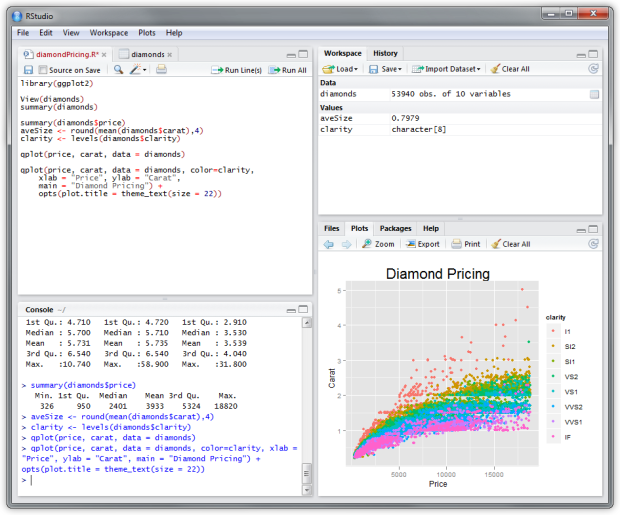

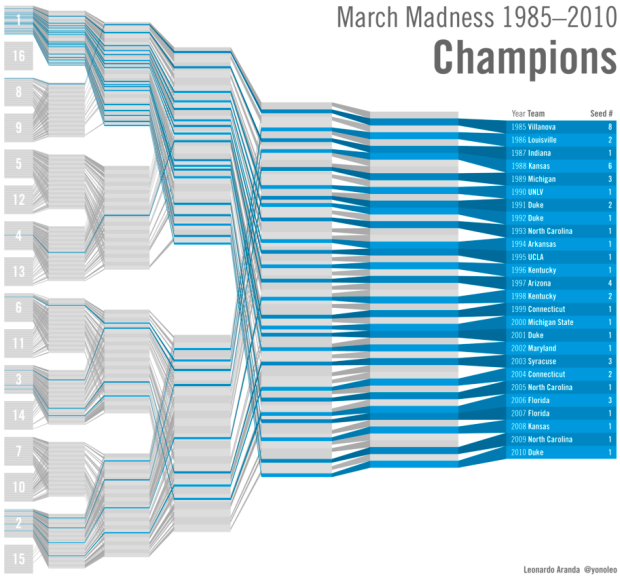

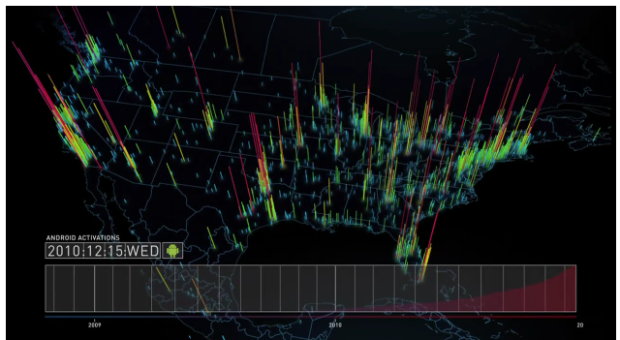


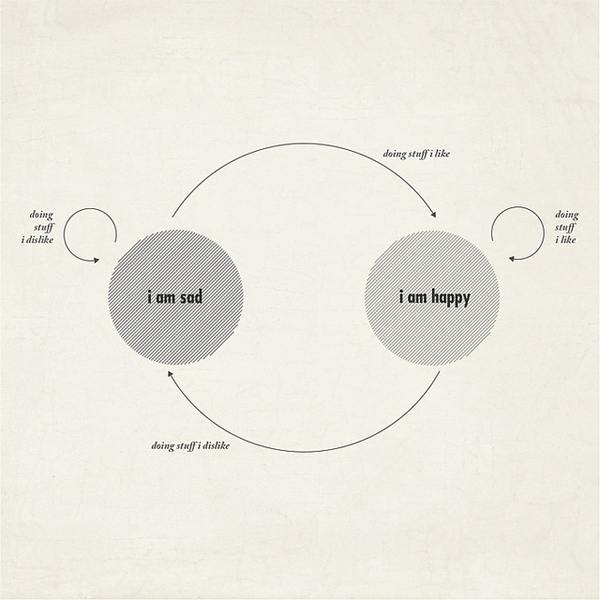
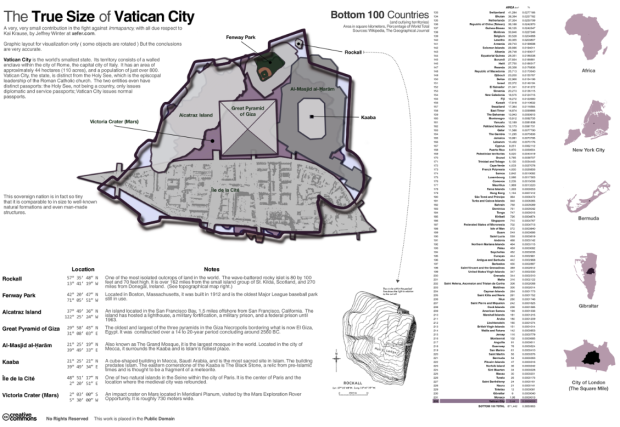
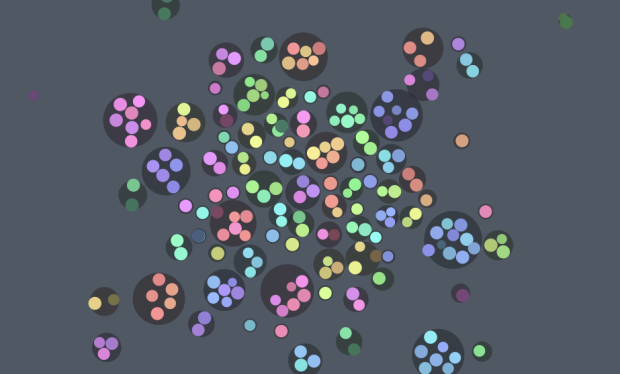
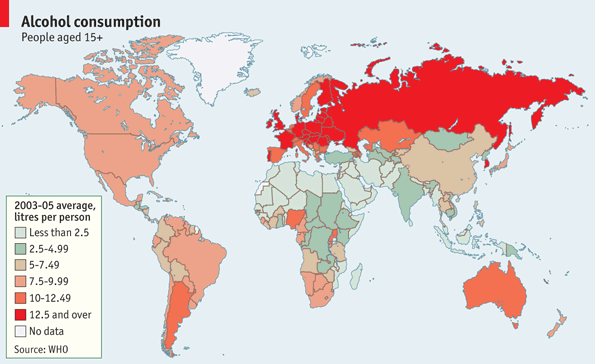
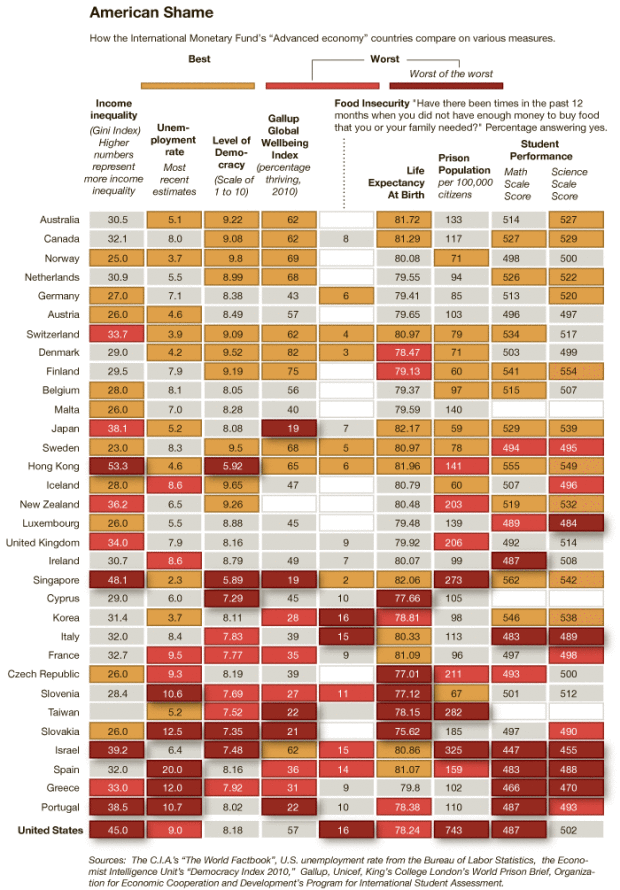
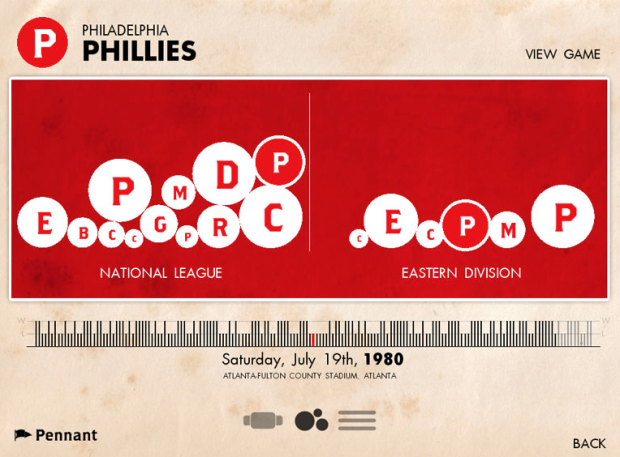

 Visualize This: The FlowingData Guide to Design, Visualization, and Statistics (2nd Edition)
Visualize This: The FlowingData Guide to Design, Visualization, and Statistics (2nd Edition)

